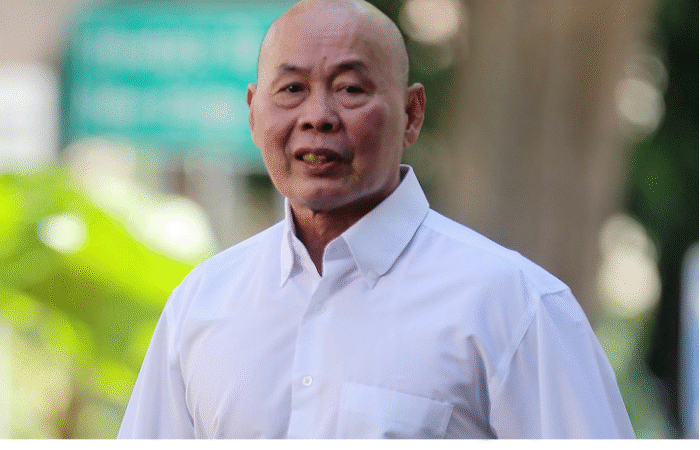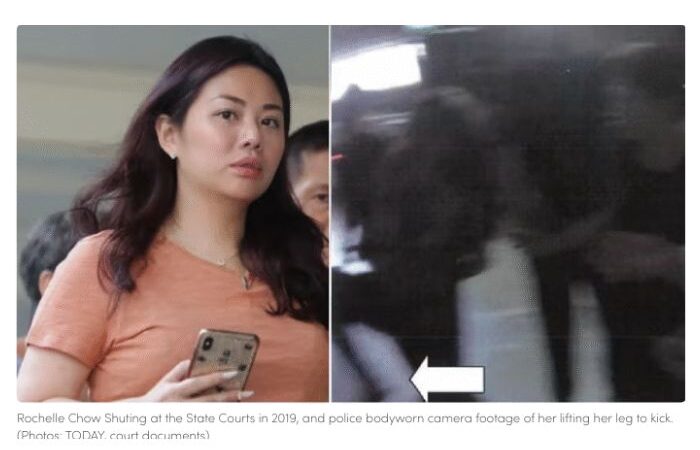Appeal No. 75 of 2022
Choo Han Teck J
9 February 2023
13 February 2023
Choo Han Teck J:
- Judgment reserved. The appellant (the “Wife”) and respondent (the “Husband”) were parties to a short, childless marriage of about three and a half years. Interim judgment was granted on 14 April 2022 and made final on 8 November 2022. The only matrimonial asset liable for division was the matrimonial home — the subject of this appeal.
- The matrimonial home was purchased in August 2019 wholly using the parties’ CPF funds. They renovated the flat at a cost of S$76,762, of which S$40,000 was paid by bank loans. The remaining sum of S$36,762 was disputed at the hearing below — whether it was paid by the Wife solely or equally between the parties, as the Husband claimed. The District Judge (“DJ”) found in favour of the Wife, as the Husband produced no evidence of his alleged cash payment. I find no basis to disturb this finding of fact.
- The only issue on appeal is whether the Wife’s payment of S$36,762 was rightly excluded by the DJ when computing the division ratio. The original ratio of 41.21 (Husband): 58.79 (Wife) was derived from CPF contributions only. In excluding the S$36,762, the DJ considered the renovation to be basic and not significantly altering the property. He further treated it as an indirect financial contribution, to be considered at the second stage of the structured approach in ANJ v ANK [2015] 4 SLR 1043, which the DJ declined to apply on the basis that it was designed for longer marriages or marriages with children.
- I think the DJ erred in treating the renovation as an indirect financial contribution. Direct financial contributions include monies applied toward the acquisition of a matrimonial asset and monies that go toward its improvement: TNK v TNL [2017] 1 SLR 609 at [38], affirming Twiss v Twiss [2015] SGCA 52 at [17(a)].
- It is not uncommon for couples to renovate new properties to create a special matrimonial home. Renovations often involve substantial facelifts and customisation. This appeal is one such case — the renovation cost of S$76,762 was 20% of the flat’s purchase price of S$370,000. It would not be just and equitable for the Court to ignore such sizeable sums expended to improve matrimonial assets.
- At the hearing before me, the Husband again asserted that the S$36,762 was not wholly contributed by the Wife, and that he had paid her cash. As mentioned, the DJ found the Wife wholly contributed this sum. The Husband merely repeated arguments without adducing new evidence. He claimed in submissions that the cash amounted to S$15,500, but in the hearing, he said it was S$29,000. Given the inconsistency and lack of cogent evidence, I am unable to accept his arguments. The DJ’s finding stands. The Wife’s S$36,762 must therefore be counted as her direct contribution. Accordingly, the direct contributions total S$63,622 (Husband) and S$127,515 (Wife), translating to a ratio of 33.29: 66.71.
- The Court of Appeal in USB v USA [2020] 2 SLR 588 at [37] held that the structured approach should still apply to short marriages, though weightage may vary. In this case, indirect contributions were minimal. There were no customary traditions, no consummation, no children, and even cohabitation was disputed. The evidence showed the marriage failed from the start. The Husband admitted they tried to live in the flat during renovations, but the dust and noise forced them to leave. I therefore give no weight to indirect contributions.
- For these reasons, the appeal is allowed. I order that the proceeds of the matrimonial home, once sold, be divided 33.29 (Husband): 66.71 (Wife), after paying off expenses in paragraph 1 of FC/ORC 5168/2022. The matrimonial home is to be sold after the Minimum Occupancy Period has elapsed.
— Sgd
Choo Han Teck
Judge of the High Court
Sarbrinder Singh s/o Naranjan Singh (Sanders Law LLC) for the appellant;
The respondent in person.






